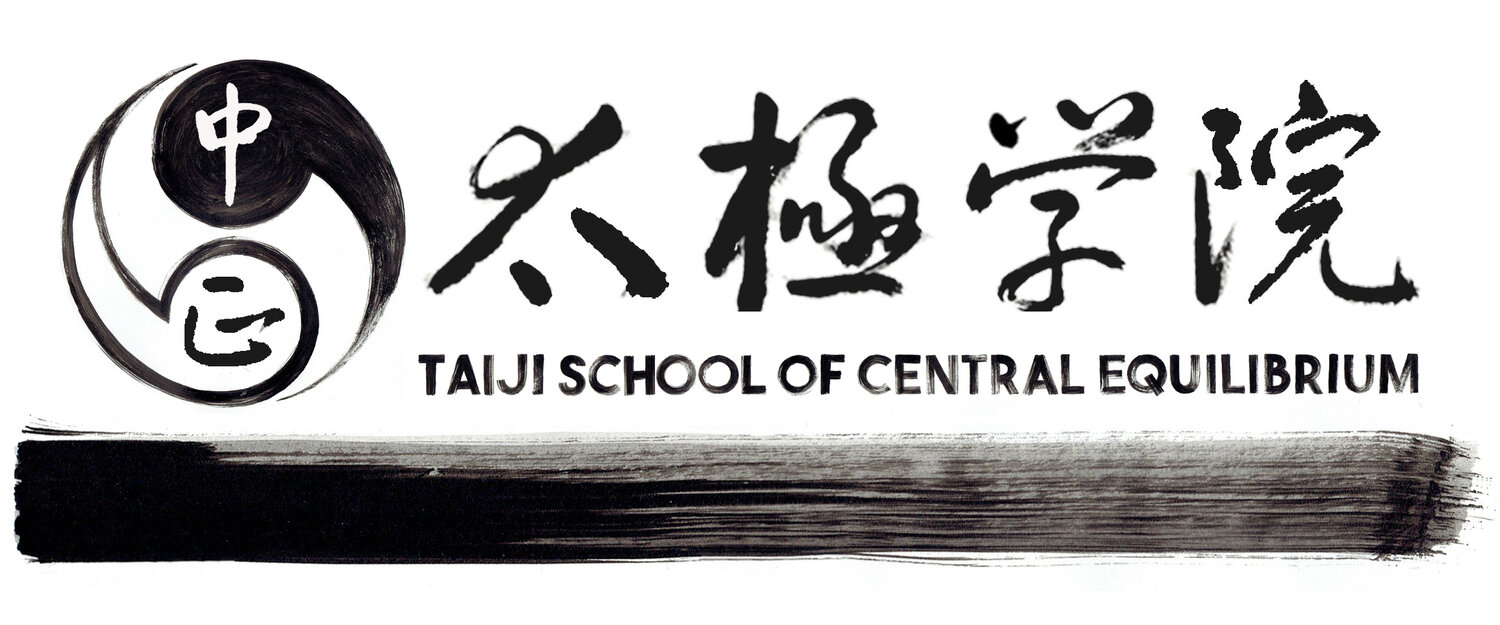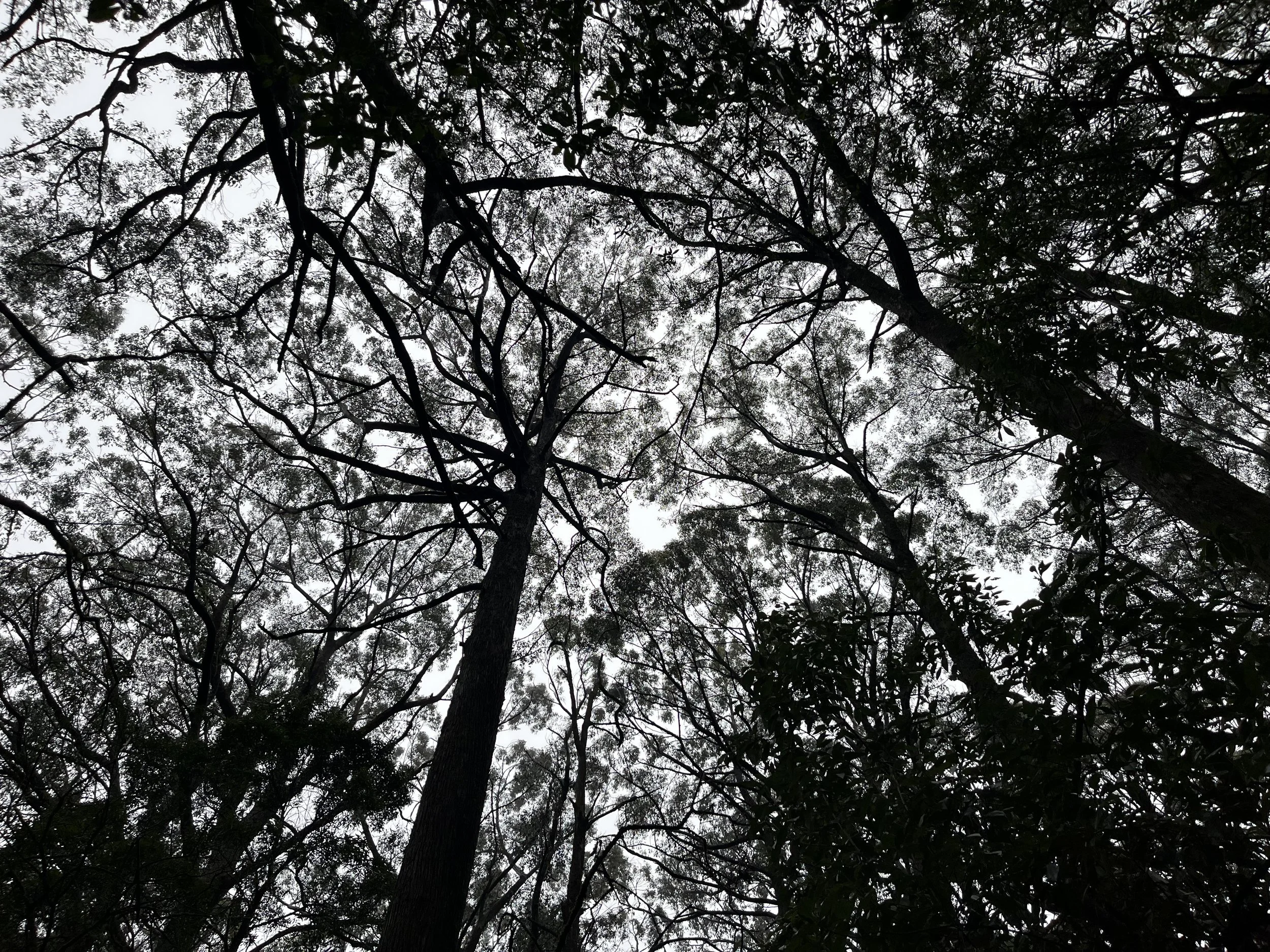When Teacher Huang was learning martial arts under Grandmaster Zheng (Cheng Man Ching), he instructed my teacher that for four years, he could only practice neutralizing (化) and not attacking or issuing force (發). The understanding of the thirteen postures classics say, "Seek the straight within the curve." The opportunity to issue force comes from neutralizing.
Why neutralize? If we resist when the opponent's force comes, the opponent’s strength will find a point of leverage, leaving us no room to adjust or transform. The classic states:
"Keep this in mind at all times:
Remember: When one part moves, every part moves;
When one part is still, every part is still."*
Beginners only neutralize with their hands, but the space for hand-neutralizing is limited. A more advanced approach is to use the waist to lead the body, which in turn drives the arms—yet this still offers limited space and violates the principle in the *Song of Push Hands*:
*"Upper and lower follow each other—
Then the opponent finds it hard to advance."*
Thus, the entire body must neutralize. The lower body (legs) moves first (creating space), then the torso follows the lower body (creating space), and finally, the hands follow the torso. Only when the whole body moves can there be sufficient space for effective neutralizing.
*Yielding(走)* creates space for adjustment, while *"neutralizing" (化)* completely dissolves the incoming force or energy. Every direction has its limit, so one must not neutralize in just one direction—there must be folding (摺疊) and changes of directions (轉換). As soon as space is created, one must return to a safe position.
Not every neutralization must end with an attack—unless the opponent loses their center or their root is broken. The *Song of Push Hands* says:
*"With four ounces, deflect a thousand pounds—
But only if you first lead their force."*
Without leading (牽動), four ounces cannot deflect a thousand pounds. Without neutralizing, there can be no leading.
Everything has two sides—Yin and Yang. When Yang reaches its extreme, it becomes Yin; when Yin reaches its extreme, it becomes Yang. The attacker may seem strong and dominant, but in the next transformation, they will be at a disadvantage. The one who neutralizes may seem weak and at a disadvantage, but in the next transformation, they will gain the upper hand.
It is always better to shift from disadvantage to advantage—rather than from advantage to disadvantage.
- Jin
思師當在鄭太師門下學拳的時候,太師吩咐恩師四年內只能化不能攻和發。拳經說「曲中求直」。發的幾會是從化中求。為什麼要化?如果對方的力來我們頂,那麼對手的力量將有利用的地方,我們切沒有調整變化的空間。拳論曰「刻刻在心。
切記:「一動無有不動,一靜無有不靜 」。初學者人只是手化,手化的空間有限。在進步的是腰帶動身體帶動手臂。空間還是有限而且違反了打手歌的拳理「上下相隨人難進」所以應該是整體化。下盤(腿)先動,(創造一個空間)為身體隨下盤動,(創造一個空間)為手隨身體動。整體動才能有大的空間去走化。走是創造一個調整的空間,化是徹底消除了力量或勁。每個方向都有極點,所以不能向一個方向去走化,要有摺疊和轉換。一有空間就要返回安全位置。不一定每次化都要發,除非對手偏離中心或他的根被打斷了。打手曰「 牽動四兩撥千斤。」沒有牽動,四兩就不能撥千斤。沒有走化就不能牽動。任何事都有兩面,陰和陽。陽到極處變成陰,陰到極處變成陽。攻擊者似乎處於強勢和優勢地位,但下一次變化他將處於劣勢。化者似乎處於弱勢和劣勢地位,但下一次變化他將處於強勢優勢地位。最好是從劣勢轉變為優勢,而不是從優勢轉變為劣勢.
-其燃

